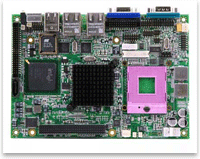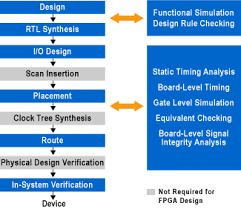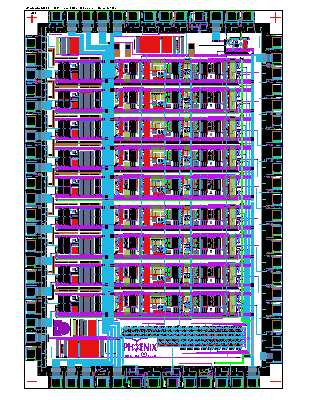 When designing a product that operates off of a small battery, low power consumption is extremely critical. A well-designed power system can be a key differentiator for a competitive low-power product. Designing an ultra-low-power system, on the other hand, can be a highly complex undertaking. A design team needs to balance and integrate a variety of low-power design approaches and techniques to achieve their goals. Using a combination of multiple power domains and operating voltages, along with thorough statistical analysis, a low power product can be designed to provide a competitive advantage.
When designing a product that operates off of a small battery, low power consumption is extremely critical. A well-designed power system can be a key differentiator for a competitive low-power product. Designing an ultra-low-power system, on the other hand, can be a highly complex undertaking. A design team needs to balance and integrate a variety of low-power design approaches and techniques to achieve their goals. Using a combination of multiple power domains and operating voltages, along with thorough statistical analysis, a low power product can be designed to provide a competitive advantage.
Any company that develops products that operate off a small battery can benefit from considering well-integrated, physical design practices for low power consumption design targets. Wireless sensors, mesh networks, wearables, Bluetooth devices, Internet of Thing (IoT) devices, hearing aids, mobile phone audio/video processing capabilities, tablets and headsets all require an optimized approach to achieve ultra-low power.
So, what is it that these ultra-low-power products need? Often, a minimum clock rate will be used meet performance goals. Higher threshold voltage (VT) devices may be used to minimize leakage. Perhaps multiple clock domains, multiple power domains and/or multiple operating voltages will be part of the low-power design solution. Lower operating and standby voltages lead to much lower overall power consumption; however, multiple power domains also result in a complex SOC (system on a chip) power structure.
...
 Abstract
Abstract

